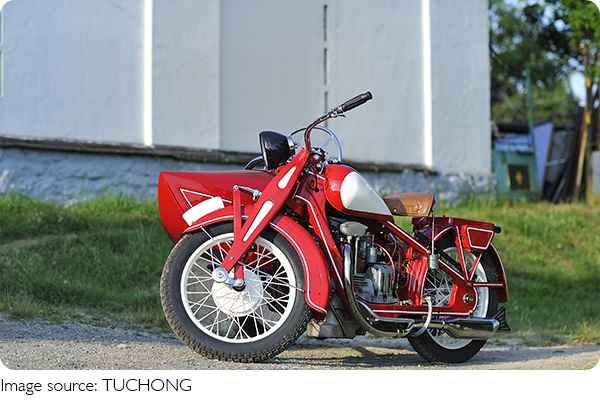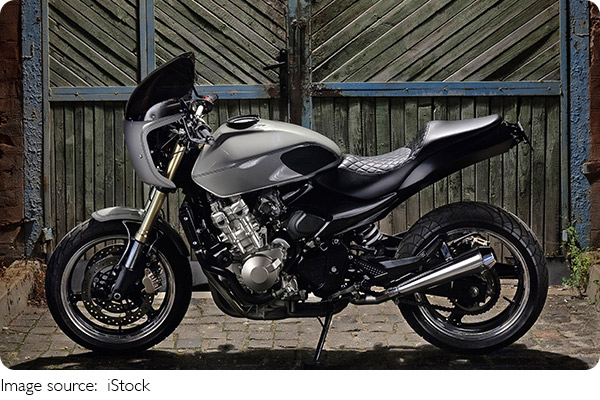Turbocharged Motorcycles

Supercharging and turbocharging are popular technologies in the automotive industry today, but motorcycles have been slow to adopt turbocharged engines as a power source.
This reluctance stems from motorcycles not demanding high power and fuel efficiency and the potential for superchargers to introduce power irregularities.
Despite this, history reveals instances of motorcycles with supercharged engines, notably in the 1980s.
One pioneering model is the BMW Type 255 Kompressor, which originated in the 1930s. With a 492cc engine and a Zoller supercharger, this supercharged motorcycle achieved a remarkable 60.8 hp and set a speed record of 160km/h.
Today, a prized Type 255 Kompressor resides in the BMW Museum, and in 2013, a similar model fetched $480,000 at auction, ranking as the world's second most expensive motorcycle.
In 1978, the Kawasaki Z1R-TC paved the way for supercharged motorcycles. Although not factory supercharged, it utilized the Turbo-Pak conversion kit, propelling its 1016cc air-cooled engine to a powerful 130 hp at 8,500 rpm, reaching a top speed of 217 km/h.
The Suzuki XN85, born in 1983, showcased a turbocharged 673cc engine, delivering 85 hp. Despite its limited production and turbo lag above 5,000 rpm, it gained recognition for its unique design.

Honda joined the turbocharged motorcycle trend in 1983 with the CX650T, following the earlier CX500T. With a larger displacement of 673cc and improved features, Honda produced 1,777 CX650Ts, exporting 1,200 to North America.
The Yamaha Turbo XJ 650T, another contender in the 1980s turbo motorcycle scene, boasted a 653cc turbocharged engine, producing 90hp at 9,000rpm.
With nearly eight thousand units produced from 1982 to 1984, the Yamaha Turbo XJ 650T outpaced its predecessors in production.
Despite the limited popularity of turbocharged motorcycles today, the research journey in this realm dates back to the 1930s when the world witnessed the introduction of the first-ever turbocharged motorcycle. Since then, human curiosity and ingenuity have continuously fueled advancements in this field.
However, whether turbocharging technology will follow the path of gradual adoption in the automotive sector remains uncertain.
The evolution towards electrification has propelled motorcycles past the stage of relying on turbocharging for energy efficiency and emission reduction. As a result, the widespread integration of turbocharging in motorcycles seems improbable.
While supercharged motorcycles were not widely embraced due to power irregularities and limited demand, these historical models demonstrate the industry's experimentation and innovation during specific eras.
Today, despite ongoing advancements in motorcycle technology, supercharged engines remain a niche rather than a mainstream choice for motorcycle enthusiasts.

 · Vehicle Team
· Vehicle Team